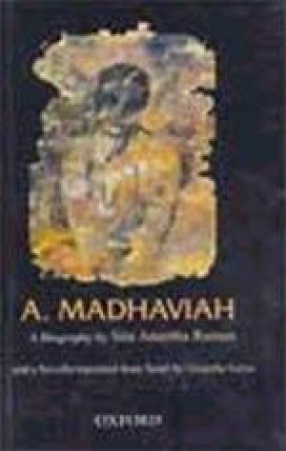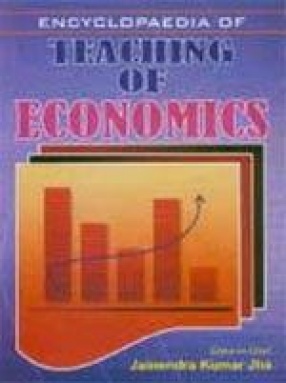How do cultures define education, especially female education? Sita Anantha Raman explains how perceptions change, how women’s lives are affected, and how the new dispensation still remains directed by the male view of the educated woman. As the colonial government policy changed towards intervention, urged on by Western mission-aries, government officials and South Indian men-the latter being the product of Western-style education–women were seen as almost all illiterate. sexually exploited and dominated by men. Hitherto women had been regarded as preservers and transmitters of the oral tradition within the household–crucial for cultural survival. Now they began to be judged by the criteria of an alien system of formal, institutionalized, secular learning that was wholly based on literacy. Such a system was relatively new in the West and had created a revolution in the perceptions of the male elite in India. Reformers accepted the Western critique on the condition of women and saw education as the key to mitigating the evils of pre-puberty marriages, seclusion and the oppression of widows that were extremely severe within the higher castes. By mainly focusing on the women within these castes, the new education ignored the indigenous pyal schools, where girls from the so-called lower castes, including the devadasis, were educated along with the boys, and the many endowed schools known as chattrams. To a great extent, the elite pattern of formal education seen today can be traced back to this inception. The combined efforts of British officials, missionaries, Tamil and Telugu reformers met with considerable success. The 1881 census showed that the Madras Presidency, long considered an educational backwater, ranked highest with regard to female education in British India.
A. Madhaviah: A Biography
$13.50
$15.00





There are no reviews yet.